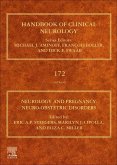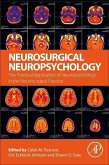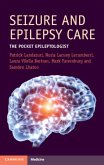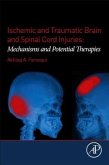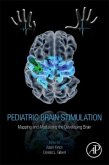Posttraumatic Epilepsy: Basic and Clinical Aspects provides a synthesized resource on the recent basic and clinical science developments in the field of posttraumatic epilepsy. This book provides a clear understanding of the history of studies and epidemiology of posttraumatic epilepsy after head injury. The book also considers the neuropathology of posttraumatic epilepsy and clinical trials of antiepileptogenic agents evaluated after traumatic brain injury. The book covers the basic science of animal models of traumatic brain injury and the necessary and sufficient changes that must occur to generate epilepsy after head trauma. The authors explore potential mechanisms and novel therapeutic approaches to prevent posttraumatic epilepsy. The book is written for basic and clinical researchers in neuroscience as well as for clinicians treating patients with epilepsy.
"With this comprehensive summary of the important animal model studies to date, the authors demonstrate that continued PTE research in humans is essential. It is crucial to know how to optimize PTE animal models and conduct detailed electrophysiological, cellular, and molecular analyses of PTE versus non-PTE brains in humans. Such future studies will help to identify more selective and precise therapies to treat PTE. We congratulate the authors for presenting this most comprehensive review of PTE from both basic science and clinical perspectives." --Journal of Neurosurgery


